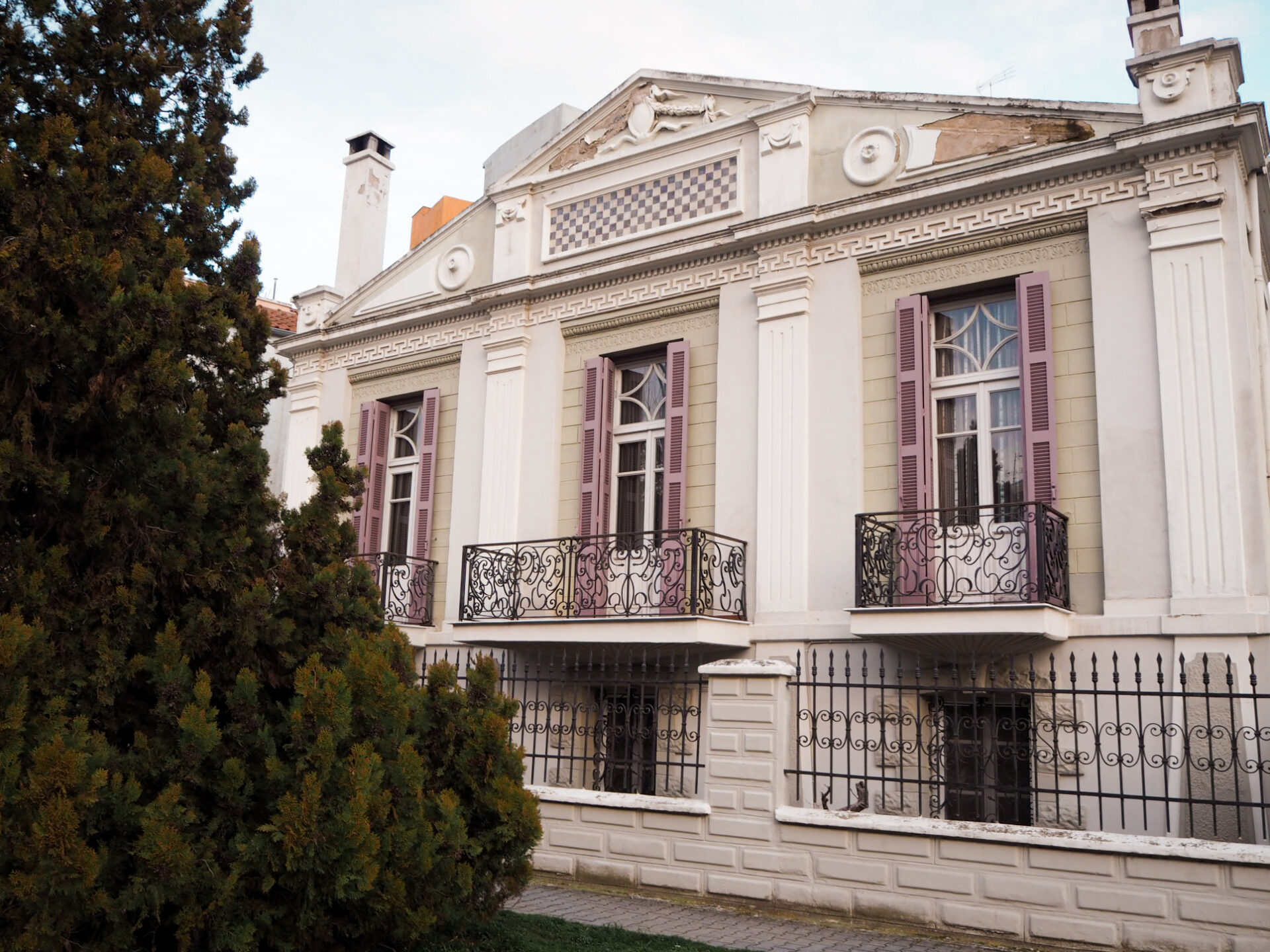If there is one word to describe Komotini that would be multiculturalism. Here, west meets east, the past and the present coexist uniquely and there is always a legend to be told about its historic sites. Komotini, with its natural beauty and traditional elements, has something to accommodate everyone but did you know that it also has some of the finest Greek architecture?
Let’s go on a tour around the city looking at some of the city’s finest architectural pieces that can give us a glimpse into the socio-economical status of Komotini’s past, how people lived, what were their habits and financial situation, and even what jobs they held.
Entering the city from the west, visitors will come across Mansion Dermertzoglou, a one-storey building boasting a variety of Greek neoclassical features. The building’s aesthetic reflects the unique taste of its first residents; the main pillars featuring Doric capitals support the richly decorated pediment and the balconies are decorated with clam-shaped banisters making the most eye-catching facade.
Just a few meters away at Tsanakli street is the start of The old Greek historic district of Komotini that has three buildings with unique stories- The Old Library, Zoidis mansion and Eliades mansion. Those 19th-century mansions depicting a card postal, are declared protected monuments under the Greek state legislation making the street a blast from the past as they cannot be taken down or altered. Nowadays, the building of The Old Library houses K.Karatheodori S.A, Zoidis mansion is a famous cafe bar and Eliades mansion is an uninhabited building.
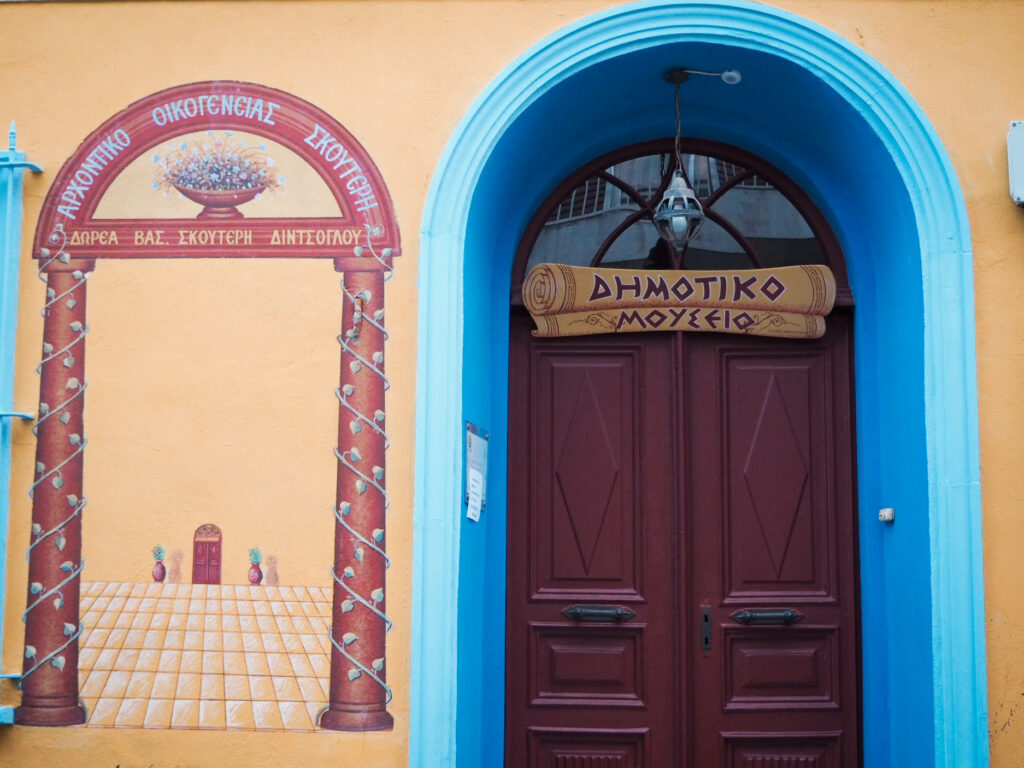
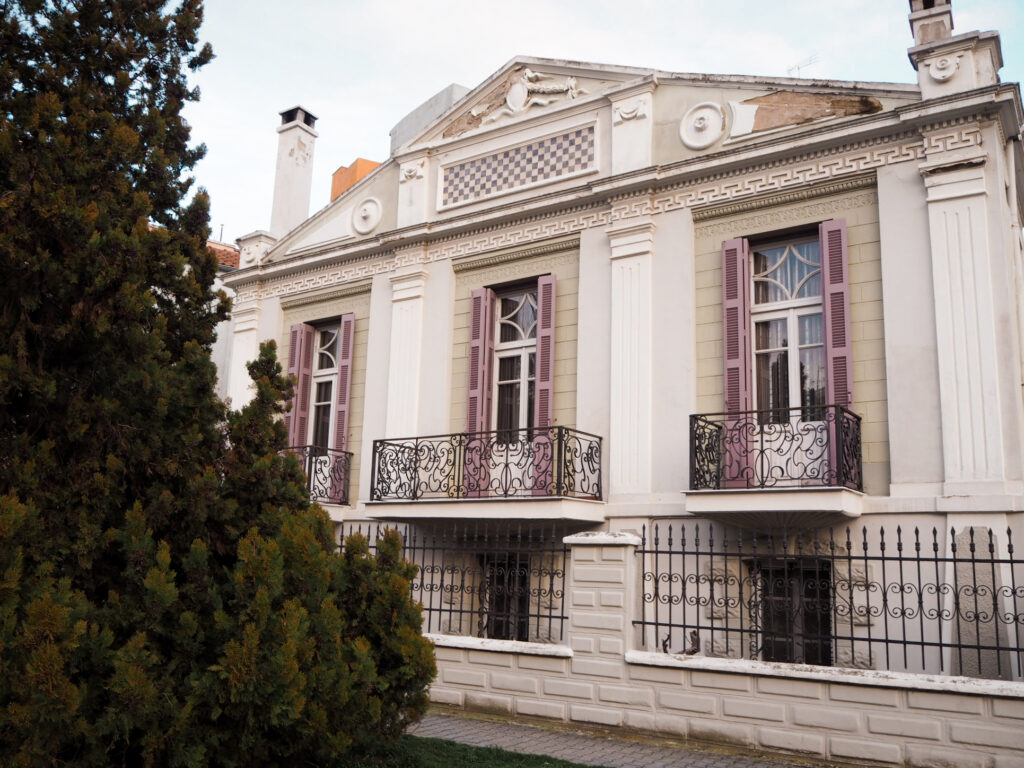
On Dimokritou and Sofouli corner, visitors come eye-to-eye with the iconic Lesxi Komotinaion, a cafe with a rich history that has been open to the public since 1921. The high ceilings, crystal pendant lights and staircase are a testament to its neoclassical architecture, built during the Ottoman domination in Greece. The building is a declared monument of cultural heritage in Greece that testifies to the history of Komotini.
On the other side of Dimokritou street, visitors see a grandiose, peach coloured building with green sash windows, Tsanakleios School. Built in 1906 from funds provided by Nestoras Tsanakleios, a tobacco merchant from Komotini, this used to be an all-boys school that later turned into the Old University Rectorate and it currently hosts the public library. Even though the building has changed many uses since the day it was built, perhaps the saddest one is from when it used to be an orphanage.
Situated in the middle of the renewed area of Komotini on Sofouli street, where once the river run through, is a 150-years old church, the Metropolitan Church of the Assumption. Built during the Ottoman empire, the church lies almost half a meter under the current street level, as there was a building height regulation stating that anything Greek built during the days of the Ottoman empire should not be on a higher level than the Turkish buildings. Near the temple is a part of the Byzantine wall ruins, as it is also across the street.
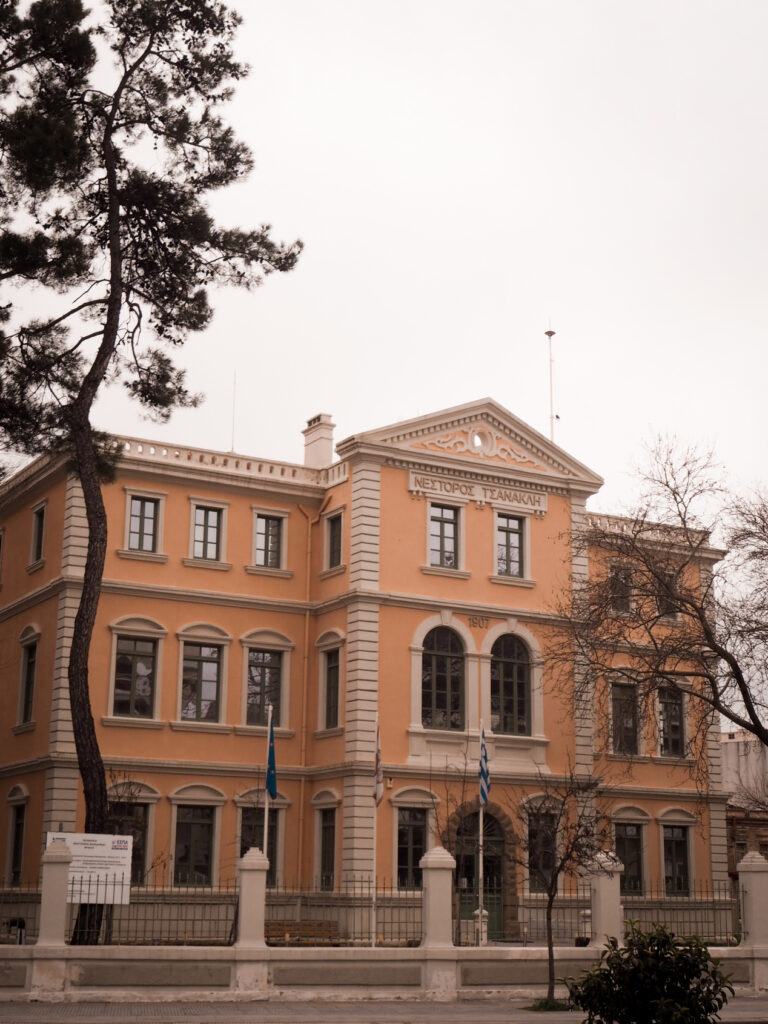
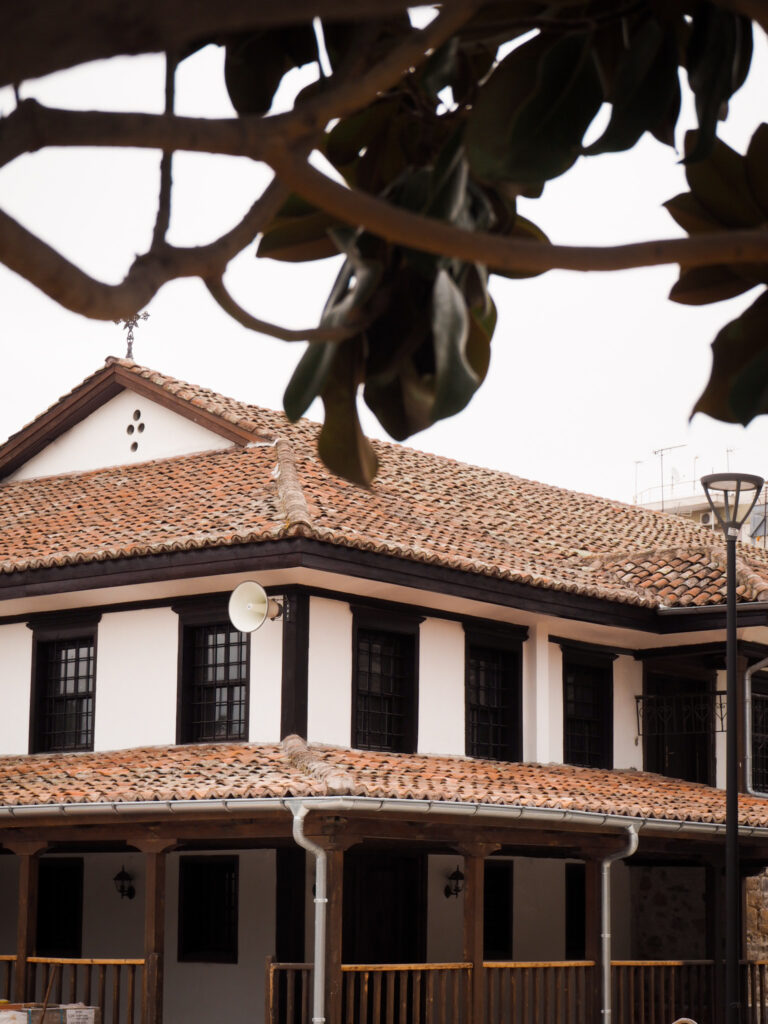
Komotini Fortress once used to be the centre of the Jewish community. The Byzantine walls had large wooden doors that closed every night for the safety of the residents. They protected the community but also separated the two different worlds living in Komotini. Nowadays, the remains of the 4th-century walls, scattered through the city centre are a reminder of a sad era filled with wars and plunders.
Dating back to the Ottoman era, The Old Market of Komotini is another must-see when in the city. Clusters of old, traditional shops, neatly lined in the cobbled streets make this area one of the most intriguing ones. Here, shops are filled with antique treasures waiting to be discovered, locals gather together to share their news and there is a distinct aroma of freshly grounded coffee in the air.
Located just off Ermou Street is the historic Clock Tower. Originally built in 1884, the Clock Tower was restored and went through an architectural intervention in 1950 resulting in its current form. It is a meeting point for locals and it marks the start of Ermou street.
Next to the Clock Tower lies Yeni Mosque (New Mosque) dating back to 1585. This is a place where the muezzin calls the Greek Muslims to pray five times per day and where the Muftiate of Rhodope Prefecture is housed. What is interesting about this building is that opposed to what its name suggests, it is in fact the oldest mosque in the city!
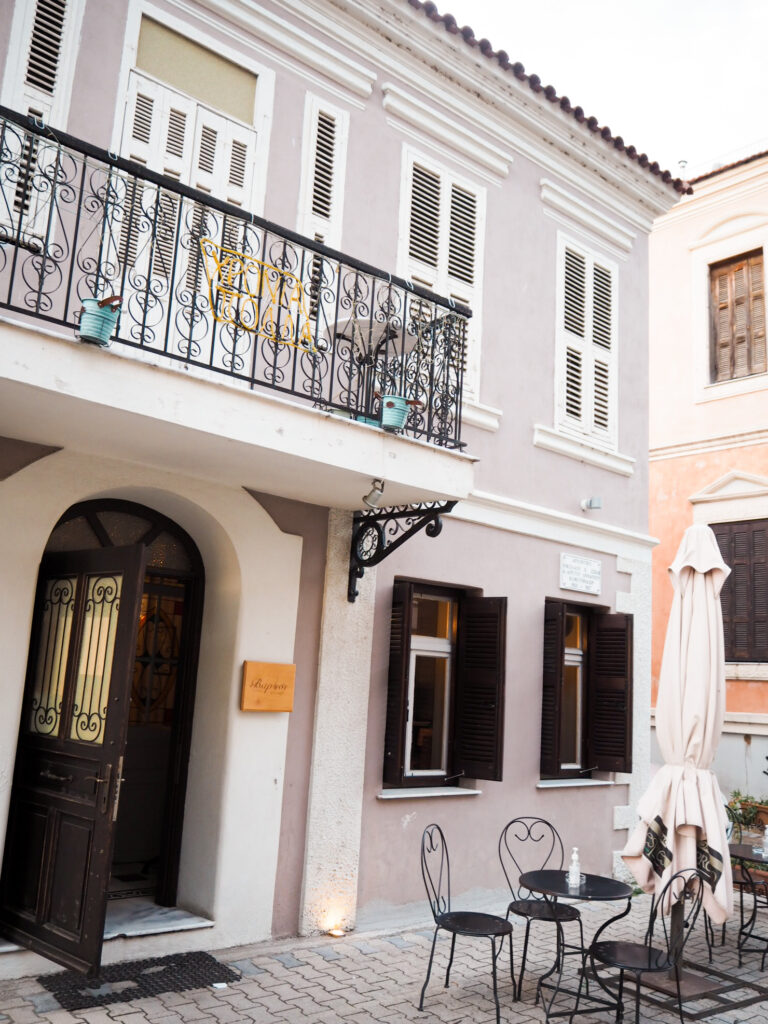
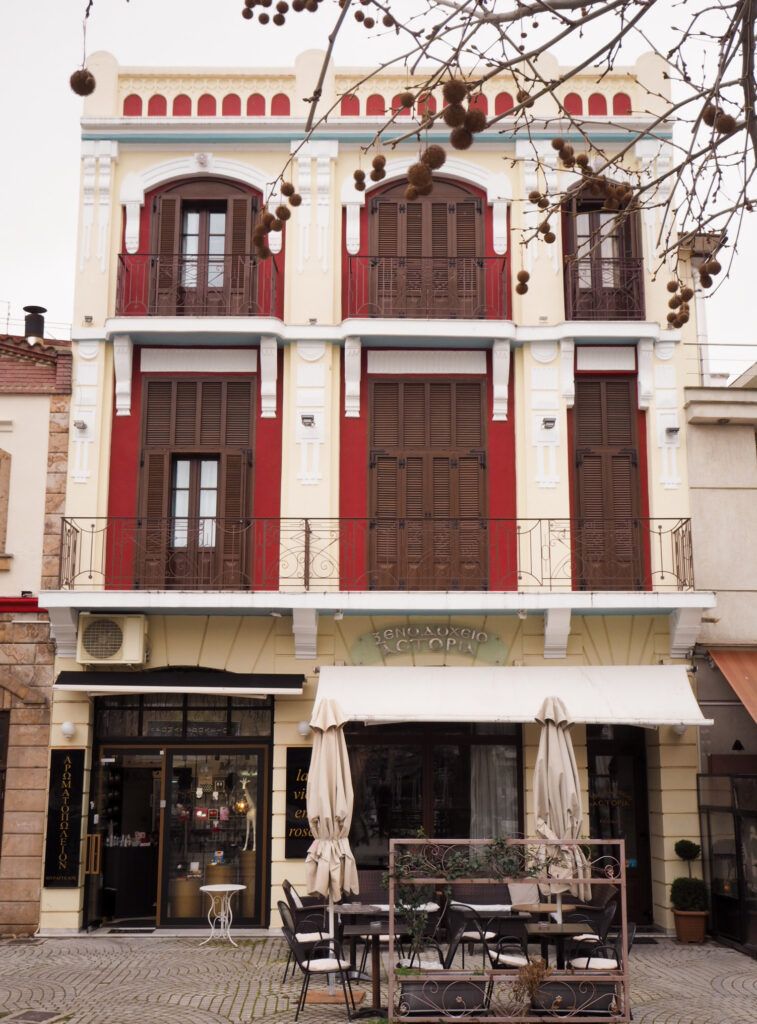
On Kouloglou street there are two buildings of high importance and architectural uniqueness: at 6-8 Kouloglou street is the famous Skouteri mansion that nowadays hosts the museum of Komotini and at Kouloglou and Seferi corner is the Cultural Centre of Komotini. Both buildings are designated as historic monuments that require a special state of protection.
Agiou Georgiou street is another place of architectural interest. There lies the building of the Educational Society of Komotini (Ag. Georgiou 26) and The Folkore Museum divided between two identical buildings facing each other, the Peidou mansion on Agiou Georgiou 13 and the Psara mansion on Agiou Georgiou 22. The last two buildings display a typical example of local folk architecture and have been restored as exemplary. The museum is open from Tuesday to Saturday, between 9.00 – 13.00. Visitors can contact 2531025931 for information and organized guided tours.
In Komotini’s central square, Plateia Eirinis, visitors come across a cultural heritage building designed by the architect Othonas at the beginning of the 20th century. The building features yellow walls with arched balcony doors, wooden shades and a mixture of Byzantium and neoclassical architectural elements. In 1933 it was bought by Nikolaos Papatheodorou and it was turned into a hotel, ‘Astoria‘, in 1934.
The Thracian Cultural Center and Thracian Conservatory are set in the renovated building of the Tobacco Warehouse. The building was renovated more than a decade ago and it has four floors with many large rooms that are used for multiple events and purposes either by the Municipality of Komotini or by cultural and social Associations.
Images by Anastasia Fountouli ©

